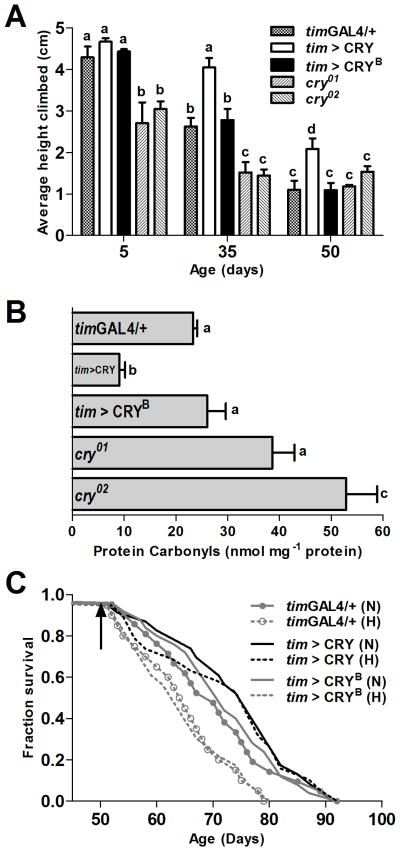Fig. 4. Flies overexpressing CRY have improved healthspan.
A) Vertical mobility was measured by the RING assay in 5, 35, and 50 day-old males of the indicated genotypes. Bars represent mean height climbed (±SEM), based on testing 4 vials per genotype, each containing 25 flies. Statistical significance was determined using two-way ANOVA with Bonferroni’s post hoc test, and bars with different letters are significantly different at p<0.05. B) Oxidative damage in the form of protein carbonyls (PC) were measured in heads of 50 day-old males of the indicated genotypes at ZT 8. tim>CRY flies had significantly lower PC compared to the timGAL4/+ and tim>CRYB controls, and cry01. There was significantly higher PC accumulation in heads of cry02 flies compared to timGAL4/+ control. Bars represent mean carbonyl levels (±SEM), based on testing 3 independent sets of flies, each containing 75 flies in 3 technical repeats of 25 flies each. Statistical significance was determined using one-way ANOVA with Tukey’s post hoc test, and bars with different letters are significantly different at p<0.05. C) Lifespan of timGAL4/+, tim>CRY, and tim>CRYB flies in normoxia (solid lines) and following 24 h hyperoxia (dotted lines) on day 50 (marked by arrow). In normoxia, there was no significant difference in mean survival curves among the genotypes. Hyperoxia on day 50 significantly shortened the lifespan of timGAL4/+, and tim>CRYB controls (p<0.05) but not tim>CRY flies.

